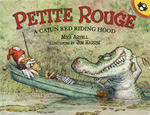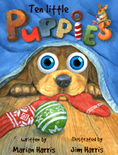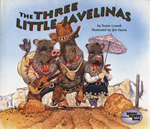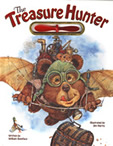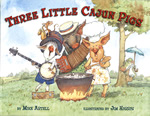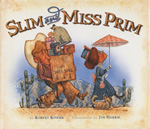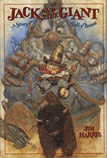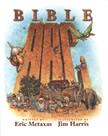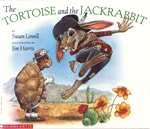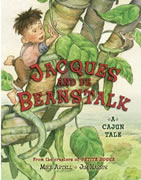Jim Harris

Tips for Young Illustrators
Detailed Painting and Illustrating Techniques
Using Frisket on Backgrounds
How to Use Saturated Colors
Going on Location to Research Children’s Book Illustrations
Painting in Oil and Acrylic at the Same Time
Using Textures in Illustrations
Illustrating Googly Eyeball Books
How to Use Overlapping Objects to Define Foreground and Background
An Example of Parody in Children’s Illustration
Illustrators with Spelling Issues
Using Rhythm to Keep Illustrations from Looking Busy
Adding Action with Diagonal Lines
One Way to Make a Painting Look Peaceful
Starting Out as an Illustrator
Secret Jokes in Illustrations
Coming Up With a New Character
A few things to remember as you’re working on your art…
1. Keep your pencil super sharp. We’re talking about a point that hurts when you accidentally poke yourself. I keep an electric pencil sharpener right beside me when I’m drawing and every few minutes, buzzzzzzz, buzzzzzzz, I’m sharpening that point back up. I use my pencil sharpener so much it wears out and I have to replace it about twice a year!
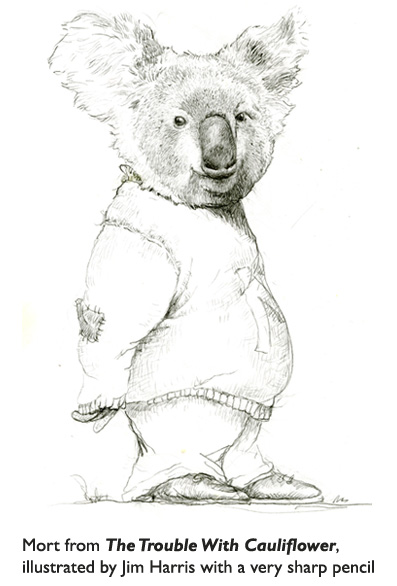
2. Drink a lot of water during the day. It helps your brain work better. If you feel all fuzzy-headed and no creative ideas are popping into your head… head over to the kitchen and drink a big glass of water. About 20 minutes later… WHEW! Where did all these great ideas come from? Well, now your brain cells can function since you gave them a drink!
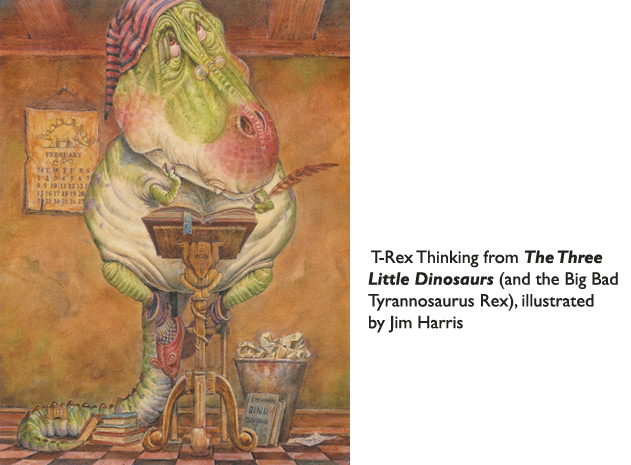
3. Don’t always draw your picture in the middle of your paper. Occasionally try pushing it off to one side, or up to the top or down to the bottom. Let’s imagine a drawing of a puppy, for example. Sure, it would look great right in the middle of the paper. But… it would also definitely be worth trying putting the puppy in one of the corners and drawing just a squiggle of grass running over toward another corner. Stuff like that. There’s a million things you can try… Go for it!
Remember… in art, white space isn’t “nothing.” It’s something you can use to draw attention to other parts of the drawing.
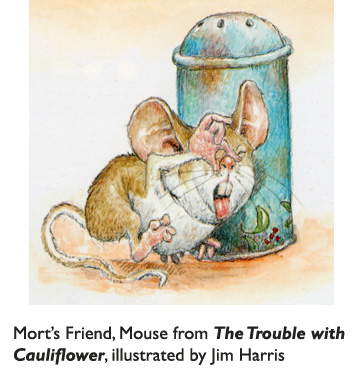
4. Don’t worry too much if people make negative comments about your art. If you spend some time eavesdropping at an art museum, you’ll find out that even the most famous art in the world gets a lot of negative comments. So if someone says your art reeks…. hey, that’s their opinion. You do art that YOU enjoy.
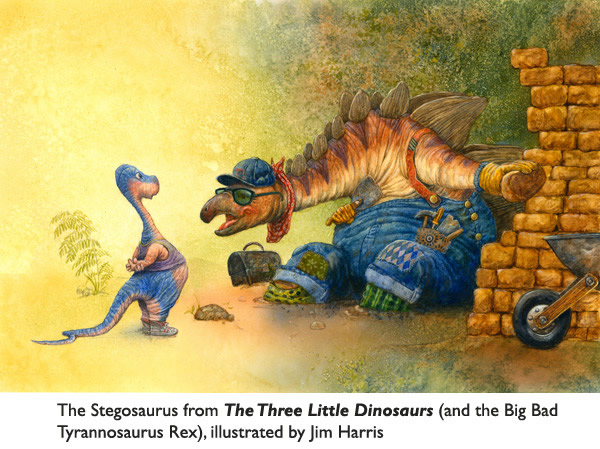
5. Draw every day.
6. Don’t put your paintbrush in your mouth! Even if you’re using paint that’s labelled non-toxic, get in the habit of keeping anything that touches paint away from your face. That way when you do find yourself painting with colors that contain poisons like cadmium or cobalt or mercury, (which many art products do), you won’t accidentally get some inside you. And that’s important because these things are neurotoxins. In other words, they damage your brain. Not a chance you want to take!
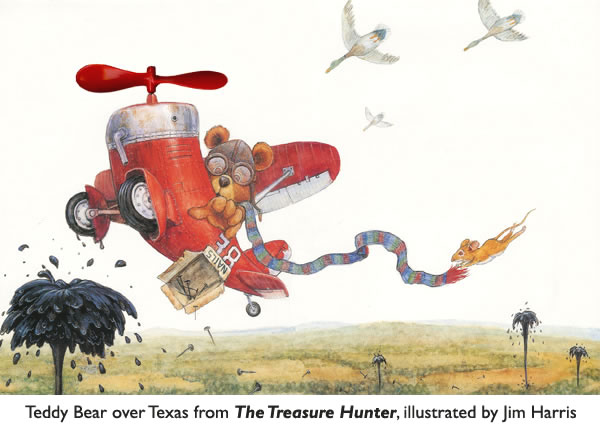
Well… happy drawing, stay true to tip 5, and I’ll see you in an art museum one day. (You’ll be the artist giving a lecture on your world-famous paintings. And I’ll be the guy in the audience hoping to get a few good art tips!!!)
Images and Text © 2009 Jim Harris. All Rights Reserved


